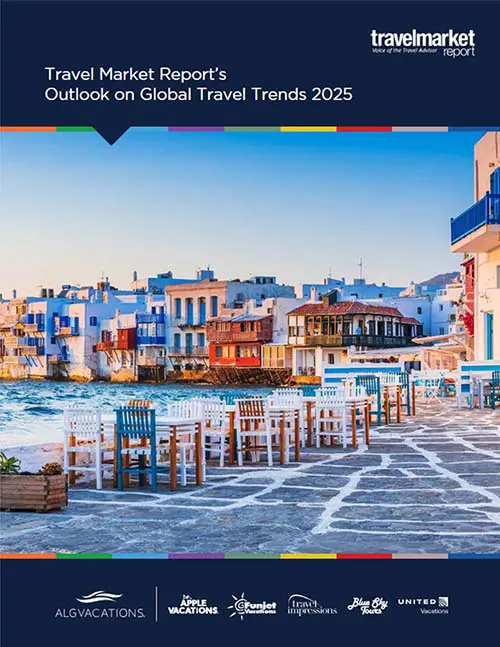How Advisors Can Handle Aircraft Safety Questions from Clients
by Paul Ruden
Photo: Thor Jorgen Udvang / Shutterstock.com.
By now, everyone is likely familiar with the troubles associated with the Boeing 737 MAX aircraft. The planes remain grounded by the government, pending changes to software and other functions. No reliable date for return to service has been given. Boeing’s problems have expanded to include possible issues of substandard production of the B787 Dreamliner.
The publicity associated with two crashes of the B737 MAX and the questions raised about production quality of the B787 will present travel advisors, yet again, with difficult questions from some clients. Before addressing those, I offer this important reminder. Based on the historical record, commercial aircraft are extraordinarily safe. Some of the data is available here. While the risk of a fatal crash is close to nil, it is, of course, not zero. But it is far less than most of the other risks people routinely accept every day, including traveling by car.
In general, the answers to client questions about aircraft safety should be the same in each case. Like everyone else, you rely upon the federal government (the Federal Aviation Administration) to oversee the safety certification of commercial aircraft. If the FAA has certified an aircraft as airworthy and thus safe to operate in commercial service, you have no alternative but to accept that determination. Based on many years of data, traveling by air is one of the safest ways to travel. Risk analyses have shown this to be true many times. Let’s walk through the specific questions most likely to be raised.
“What aircraft will I be flying on?”
While you can identify the aircraft that is listed in your booking system for your client’s flight, aircraft substitutions sometimes occur. These events are infrequent but they are an inevitable feature of air travel. You therefore cannot guarantee to your client which aircraft will ultimately be used for her flight.
“Is the listed aircraft safe? How do I determine if an aircraft is safe to fly?”
As noted above, you have no means of making this assessment and should not comment on it. Explain how you and everyone else always rely on the FAA to be sure aircraft in service are airworthy. If your client really wants to know how the FAA process works, you may refer him to this 2014 “Boeing 787–8 Design, Certification, and Manufacturing Systems Review” by the Boeing 787–8 Critical Systems Review Team. There are no guarantees, but the safety record of air travel suggests that relying on the FAA and its working relationship with aircraft manufacturers has been effective.
“Would you fly on the B737 or B787? Would you send your children on one?”
Because these are questions about your personal sense of safety, it may seem that you can, if it’s true, just say “yes.” But in context, this question is really intended to elicit the recommendation you have thus far declined to give. In effect, the client is likely thinking, “If my travel advisor says she would fly on this plane, then she is really recommending it to me also.” You therefore want to be careful about how you respond. You could say, for example, “That is a very personal decision that each traveler must make. I would fly on it, but that’s just my personal judgment. You should make your own decision based on how comfortable you feel. We can always look for other options if you are concerned about this.”
“What should I do?”
It should be obvious by now that I do not think making recommendations about aircraft safety is a good approach. Your answer might simply be, “You should do whatever you are comfortable with.” And remind them that, as a professional travel advisor, you are happy to look for options if their concerns about the aircraft are going to ruin the travel experience you are planning for them.





















